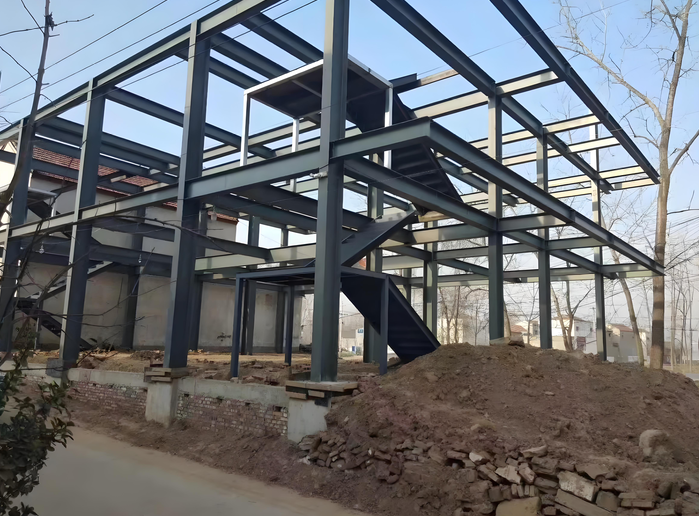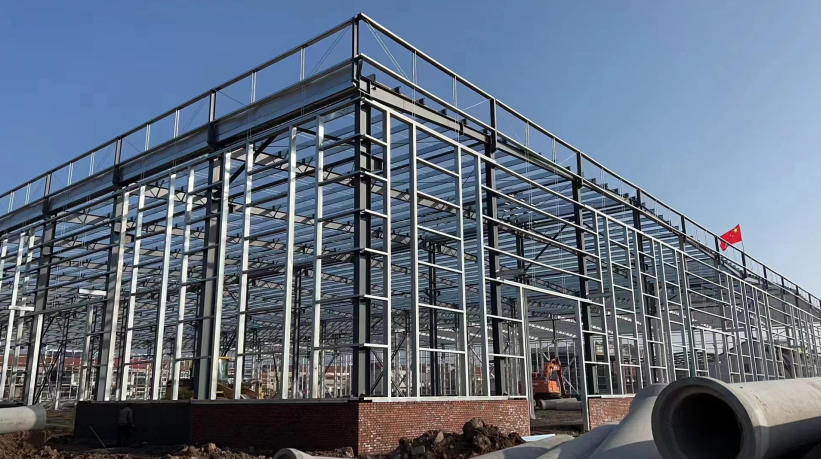Steel Structures Are More Earthquake-resistant Than Masonry Buildings
The earthquake has caused severe damage to Turkey and Syria. The international community has shown a rare unity in recent years. Various countries have dispatched rescue teams to rush to the disaster site as soon as possible. However, the disaster - stricken area stretches for hundreds of kilometers, and transportation has become difficult due to the earthquake. Food and medical supplies are in extreme shortage, which has brought great difficulties to the rescue work.

The pictures transmitted from the disaster area show that the collapse of houses in this earthquake in Turkey is extremely serious. Many houses have been shattered, and in some cases, the main structures of the houses can no longer be seen. This has not only increased economic losses but also brought many difficulties to the rescue work. It is understood that in the rural areas of eastern Turkey, most of the buildings are simple masonry - structured buildings. Even in cities, many buildings do not meet the minimum earthquake - resistance standards.
For a country where 96% of its territory is on earthquake - prone zones, the popular masonry - structured buildings in Turkey are obviously inappropriate. So, are the currently popular steel - structured buildings more earthquake - resistant than masonry - structured buildings? The answer is yes!
Steel structures have good ductility, which can offset the energy consumption of seismic waves. The strength of steel is much higher than that of bricks, stones, and concrete, while its density is only about 3 times that of concrete. Under the same scale, steel - structured buildings have a lighter self - weight. This also means that during an earthquake, steel - structured buildings receive less seismic energy and are less likely to collapse. Therefore, overall, steel - structured buildings have the best seismic performance and a more significant survival advantage after an earthquake.

In addition to good seismic performance, steel - structured buildings also have advantages such as excellent environmental benefits, recyclable materials, and a large usable space. China has also introduced a number of policies to actively promote steel - structured housing and has launched pilot projects in 7 provinces and cities. With the support of the country, the future of prefabricated steel - structured buildings is believed to be very promising.



